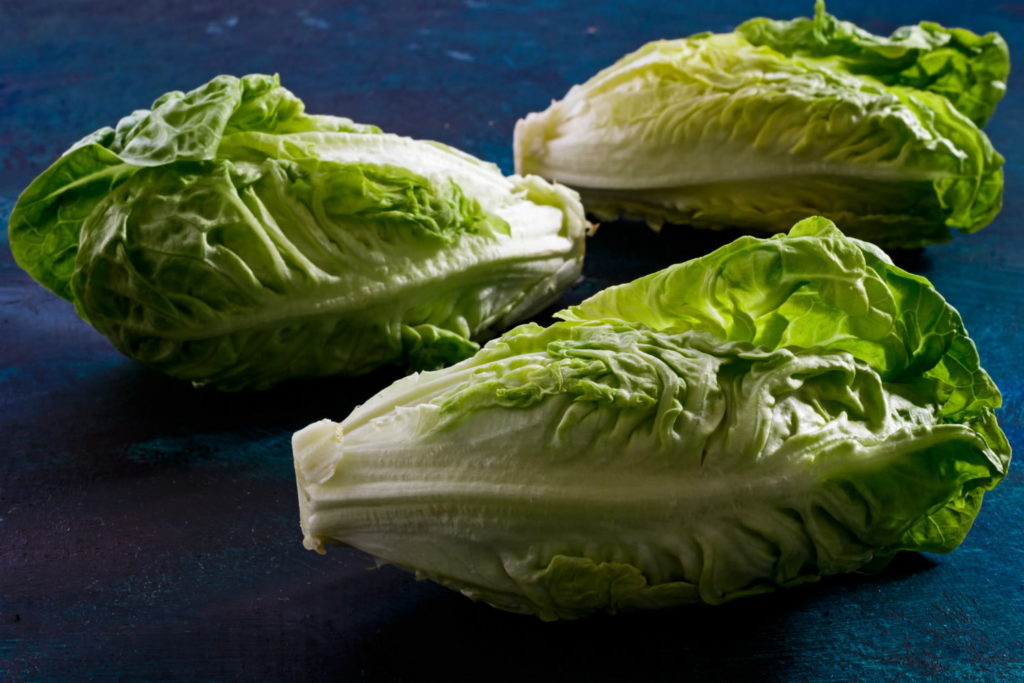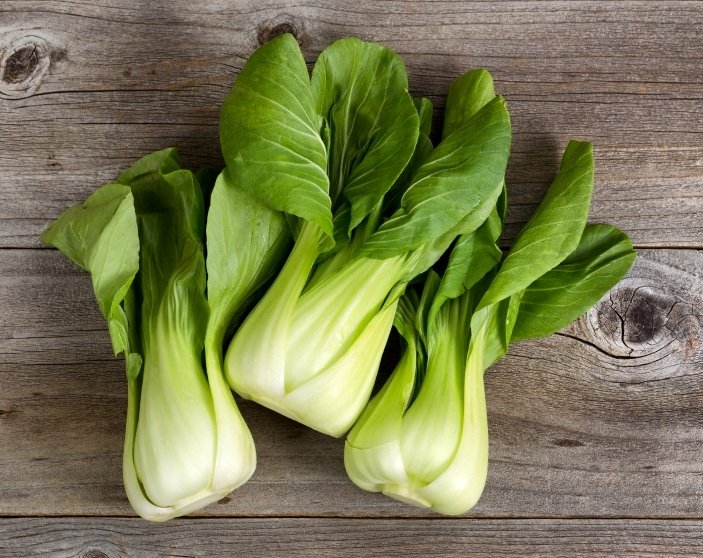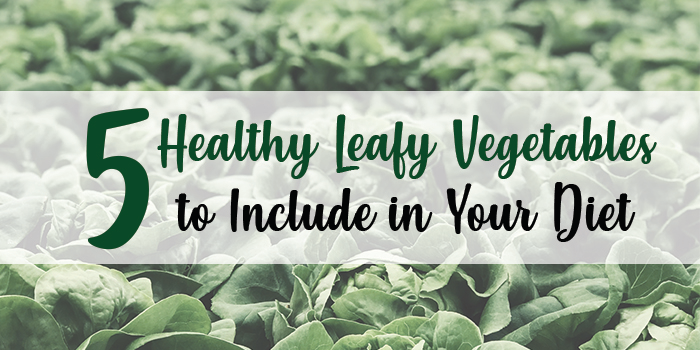It’s a known fact that leafy vegetables are among the healthiest and most nutrient-packed in the vegetable hierarchy. However, more often than not, they are also the most difficult when it comes to incorporating them into delicious dishes that everyone, kids included, will enjoy eating.
To help further spur you to include these leafy vegetables in your everyday meals, here is a list of some of the most common leafy vegetables you’ll find in supermarkets and farmer’s markets all over the world and the nutrients and vitamins that they bring to the table.
1. Kale

Considered as one of one of the most nutrient-packed vegetables in the world, Kale packs a punch when it comes to the number of health benefits that you can get from it. Since it’s both high in fiber and water, Kale can help ease constipation and promote digestive tract health, for starters. Also, one cup of raw kale contains the following vitamins and nutrients:
- 3 grams of protein
- 2 ½ grams of fiber
- Alpha-linolenic acid (omega 3 fatty acid)
- Antioxidants like Quercetin and Kaempferol
- Folate and Lutein
- Vitamins A, C, and K
- Nutrients like Phosphorus, Potassium, Calcium, and Zinc
With such an impressive array of vitamins and nutrients, it’s not surprising that Kale also has an impressive set of health benefits which include: helping lower the risk of heart disease by reducing the body’s bad cholesterol, improving eyesight and eye health, blood sugar support, blood pressure support, and bone growth assistance, among others.
2. Endive

Cool and crisp, Endive is a close cousin of chicory, radicchio, and Belgian endive. This vegetable is mostly used in salads, often mixed with other greens such as lettuce and Kale due to its fancy leaves. A good serving size of Endive is 100 grams which is equivalent to two cups. In this two-cup serving (comparable to the weight of a cup of sliced apples, if we may add), you’ll find the following vitamins and nutrients:
- Vitamin A
- Beta Carotenes
- Vitamin K
- B Vitamins (Folate, Thiamin, Niacin, Pantothenic Acid, and Pyridoxine)
- Manganese
- Kaempferol
Among the many benefits of Endive is its optic nerves support function – it can help prevent cataract, glaucoma, and macular degeneration. Furthermore, it also helps in boosting the functions of the liver and the gall bladder by facilitating the secretion of bile.
3. Cabbage

 One of the most nutrient-filled leafy vegetables in the world, Cabbage is also one of the two vegetable types that have blood sugar support properties (the other are root vegetables). Aside from that, researchers have further identified that this vegetable contains nearly 20 different flavonoids and 15 different phenols that have shown excellent antioxidant activity. Here are the other health benefits that you’ll get from Cabbages:
One of the most nutrient-filled leafy vegetables in the world, Cabbage is also one of the two vegetable types that have blood sugar support properties (the other are root vegetables). Aside from that, researchers have further identified that this vegetable contains nearly 20 different flavonoids and 15 different phenols that have shown excellent antioxidant activity. Here are the other health benefits that you’ll get from Cabbages:
- Protein
- Fiber
- Vitamins B6, C, and K
- Folate
- Manganese
- Calcium
- Potassium
Among the many health benefits of the Cabbage is its anti-inflammation properties. Since it is a cruciferous vegetable, it also contains a fair amount of antioxidants that fight off free radicals. These free radicals attack and destroy living cells and DNA, thus causing premature aging, decreased mental functions, and a weakened immune system.
4. Romaine Lettuce

One of the most popular vegetables in the world by virtue of its inclusion into every imaginable salad that contains greens, Romaine Lettuce is a dietitian’s dream. High in fiber and contains very low calories, a hundred grams or roughly one cup of this vegetable only yields around 8 calories and 2 grams of carbohydrates. Other nutrients include:
- Vitamins A, C, and K
- Calcium
- Folate
- Phosphorus
- Magnesium
- Potassium
Just a small tip, the most nutrient-rich part of the Romaine Lettuce are the outermost leaves. Be sure, though, to thoroughly wash the vegetable first to remove dirt or any impurities. You’ll most likely encounter the Romaine Lettuce in Caesar salad, but it can also be used for other dishes.
5. Bok Choy

Also known as Chinese cabbage, Bok Choy is a very nutritious vegetable that is also very low in carbohydrates. With such a name, this vegetable is mostly associated with Chinese cuisine, however you can easily purchase this in any grocery or market stall near you. Shanghai Bok Choy refers to the smaller and more tender variant of this vegetable. It contains the following nutrients:
- Vitamins A, B3, B6, C, K
- Folate
- Calcium
- Potassium
- Iron
- Manganese
- Phosphorus
- Protein
- Fiber
- Choline
As a very versatile vegetable, you can use Bok Choy in a lot of dishes, even if they aren’t really Chinese cuisine. This vegetable is relatively easy to prepare, and it is generally recommended to eat a ¾ cup of cruciferous vegetables daily. Furthermore, with a high amount of antioxidants, Bok Choy can help fend off premature aging and a weakened immune system as caused by free radicals.
Exercise to go with your diet
Having a healthy meal plan is just part of the whole, the other half is, of course, an active lifestyle. Being sedentary while eating healthy will most likely render your excellent meal plan inert and ineffective. It’s a partnership that ultimately results to a holistically healthier you. Besides, these vegetables add flavor to your food. They make otherwise bland and too salty dishes more balanced and flavorful.
If you don’t have the means or access to these vegetables, you can always start taking herbal supplements for blood sugar support or anti-diabetic supplements. These supplements contain some of the most potent superfoods in existence like the Bitter Gourd and Turmeric. Taking these supplements will not only help lessen your risk of diabetes and other serious complications but can also make you healthier when paired with a balanced diet and an active lifestyle.



